Ep. 134: Board Meetings | Should You Train Full Crimp and Pockets?
Nate and I aren't always in the same place, but we still want to talk about things. So this is going to be a new, ongoing format - short board meetings done remotely. We plan to discuss current events, hot topics, training ideas - whatever. Could be damn near anything.
In this episode we discuss an often argued about aspect of training - Should you or shouldn't you train the full crimp and pocket grips? Many coaches and trainers say absolutely not. We disagree.
FULL EPISODE TRANSCRIPT:
Nate Drolet 00:31
What's up everybody? I'm your host, Kris Hampton.
Nate Drolet 00:35
And this is Nate Drolet.
Kris Hampton 00:37
And since we're starting a new little segment of this, I don't know if I can come up with enough duos to make this even feasible, so I'm not even going to try.
Nate Drolet 00:49
You're making it easy on me.
Kris Hampton 00:50
I know. And that disappoints everyone out there. But I think these are gonna be fun. Just to let everybody know what's going on, we're, you know, we're in different cities a lot of the time, but there are lots of things we want to chat about. So we're just gonna try it in separate locations and see what happens and keep these kind of short, 15-20 minutes. And I think we'll do a lot of these for the patrons and put a few of them out on the regular podcast as well. So how's Houston?
Nate Drolet 01:20
Hot
Kris Hampton 01:22
I bet, man. Are you guys getting all the crazy rain and storms that the Midwest is getting and that we've had here?
Nate Drolet 01:28
Yeah, we got a bunch of rain here. It's...I like it though. This is where I grew up and that's kind of what I'm used to. So yeah, I like it. Plus, it's so hot I don't spend a ton of time outside anyways.
Kris Hampton 01:40
Yeah, totally.
Nate Drolet 01:42
But yeah, it's been good. How's Lander?
Kris Hampton 01:43
landers been? It's funny. Everybody was complaining about the weather here, because it had rained a lot. But I was like, I...maybe I just scheduled my days right, because I haven't had a single day that I've missed because of rain.
Nate Drolet 01:58
Nice.
Kris Hampton 01:58
But now that's changed and the Rodeo Wave has been pretty wet. I did Stetson with a couple of really wet pockets. And there's some key pockets on the link up for Atomic Cow that are pretty wet. And I heard two days ago that the Rodeo Wave was just a giant waterfall, so
Nate Drolet 02:21
Crazy. I've never seen it that bad.
Kris Hampton 02:23
No, it's there's tons of rain here. So it'll dry. I'm not worried. I'm just getting stronger anyway.
Nate Drolet 02:30
Hell yeah
Kris Hampton 02:30
So doesn't matter. You've been training a bunch?
Nate Drolet 02:33
Yeah. Been training a ton. It's been going really well.
Kris Hampton 02:37
Yeah, you've been in Momentum Silver Street, where you got some workshops coming up, right?
Nate Drolet 02:40
Yes. Got some workshops coming up for beginner climbers, which I'm really excited about.
Kris Hampton 02:45
When do those start?
Nate Drolet 02:46
Those start next week. I think on Wednesday. I believe all the weekdays are sold out at this point, but I've got a bunch of openings on Saturday during the day, especially midday and afternoon.
Kris Hampton 03:02
Okay. Cool.
Nate Drolet 03:02
And then I think I have some openings on Sunday as well. But those are small groups limited to five people. I want it to be kind of pretty personal. 90 minute workshops on how to be a little more powerful as a newer climber.
Kris Hampton 03:17
Yeah, I think that's a really cool idea. And I think, you know, you and I have talked about this a lot. I don't know that we've ever really talked about it on the podcast, but the whole, "Just go climbing" advice that everyone gives beginners is kind of just a bullshit cop out.
Nate Drolet 03:32
100%
Kris Hampton 03:33
There's a lot more that beginners could be doing. So I think it's cool that that's who you're focused on there.
Nate Drolet 03:38
Yeah. And that's something I really want to keep digging into more and so this seemed like a really great opportunity. And the people over at Silver Street were awesome in giving me this chance to do this.
Kris Hampton 03:49
Yeah. So if you're in the Houston area, I'll I'll put a link directly to registration or some sort of info right there in the show notes in your pocket supercomputers. So go look for that and sign up for one of those weekend spots.
Nate Drolet 04:05
Yes.
Kris Hampton 04:07
Today, since we both been training, and you know, I'm in super pocket land out here and you've been training full crimp quite a bit.
Nate Drolet 04:21
Tons.
Kris Hampton 04:22
And I've been doing a little of the same. I just started based on you ranting and raving about it. And I've done a little bit in the past, but so we're going to talk about training in the full crimp and training pockets. Should you be doing it? Shouldn't you be doing it? Is it dangerous? All the rhetoric that gets sprayed around the internets. But first, before we start, tell me your definition of full crimp or closed crimp or whatever it is we're talking about here. Because I got online this morning to try and look for a definition and now I'm more confused than ever on what all the grip positions are. Because I think some people have like, separated out all the grip positions so much that there are now like 40 different versions of the crimp. So curious what your definition is. Let's get on the same page.
Nate Drolet 05:18
I was actually just talking with one of my athletes about this this morning because we were talking about a four finger open crimp and he was like, "What is this? Like I've been climbing for a long time and I've never heard of this 'open' crimp." But for me, closed crimp is.... I don't completely differentiate between whether you have the thumb on or off.
Kris Hampton 05:36
Okay
Nate Drolet 05:36
Because sometimes you're going to wrap your thumb or sometimes you might, there might be a better thumb catch or different position.
Kris Hampton 05:42
Yeah it sort of depends on the hold you are using.
Nate Drolet 05:44
Exactly. For sure. So for me, it's about the you're basically just kind of making a fist around a small edge. Like if you were grabbing a handlebar jug, but instead of a jug, it's just like, you know, a half pad edge that's an on your fingertips. It's that same position.
Kris Hampton 06:03
Yeah. So I think you'd like the definition that I've liked the best that I've seen, that makes the most sense to me, is when your PIP joint is above the level of the hold. PIP joint being the knuckle closest to your palm.
Nate Drolet 06:24
Okay
Kris Hampton 06:24
DIP joint being the knuckle closest to your fingertips.
Nate Drolet 06:29
Yes. So proximal interphalangeal joint, the distal interphalangeal joint
Kris Hampton 06:32
Right.So when the DIP joint is higher than the level of the hold, then you're crimping.
Nate Drolet 06:41
Okay, I like that
Kris Hampton 06:42
Full crimp
Nate Drolet 06:43
Yeah. So the little knuckle at the end of your finger when that raises up to where it is above the hold?
Kris Hampton 06:50
The the knuckle closest to your palm.
Nate Drolet 06:53
Okay. Ah, I see what you mean.
Kris Hampton 06:55
Does that make sense?
Nate Drolet 06:56
Yeah, I'm like over here crimping my desk, trying to
Kris Hampton 06:58
Yeah I know. I'm doing the same damn thing haha. I think that's the definition I like the best. And when it's level with the hold, then that's a half crimp. Open hand is when it's below the level of the hold. And for me it doesn't matter about the thumb either. Some people call that a closed crimp. That's fine. Whatever. Sometimes you wrap the thumb, sometimes you don't. I have I think I can count on one hand the number of times I've wrapped a thumb in a year.
Nate Drolet 07:29
Hmm.
Kris Hampton 07:30
I almost never do it. When I when I do it naturally, I'm like, "Whoa, what the hell just happened? That's not how I rock climb." But some holds demand it, you know?
Nate Drolet 07:40
Yeah. And I mean, you know, good example, gastons, like you just naturally go to that position.
Kris Hampton 07:46
That's true. Yeah, in fact, I just did a problem in the gym yesterday that had a gaston and I definitely wrapped my thumb on it. One of the few times that happens. So there's all sorts of online rhetoric and lots of trainers, coaches out there, make this statement that you should not train in a full crimp.
Nate Drolet 08:09
"Never full crimp indoors."
Kris Hampton 08:11
Never. Never ever.
Nate Drolet 08:12
I mean, honestly, maybe you should just never full crimp unless you absolutely have to. And that's like, that's the emergency brake right there.
Kris Hampton 08:20
Yeah, that's what a lot of people say. How do you feel about that?
Nate Drolet 08:25
Hateful.
Kris Hampton 08:26
Hahaha. I wish people could have seen your eye roll when you said, "Hateful!"
Nate Drolet 08:32
So in my opinion, there are a lot of things in climbing and you and I talk about this all the time, but there are a lot of assumptions that are made in climbing that just blindly get accepted. And and we all do it, we all have these assumptions. But with a lot of them, the second you start thinking about them, it... they all kind of fall apart. So one example that I like a lot is people say, "Hey, you know beginner climbers shouldn't hangboard. They definitely shouldn't crimp. They shouldn't do all these things because their tendons need to get stronger. " Okay, good point. However, what is creating your... what's helping your tendons to adapt? Specific stress, right? It's not like just using your hands like doing yard work is going to make your tendons stronger. They're going to adapt specific to climbing
Kris Hampton 09:20
That's a shame because I was chopping wood the other day and I was hoping it counted as a training session.
Nate Drolet 09:25
Yeah, I mean, it may have may have wrecked you the way a training session would have. But if you only ever climb on open handed pockets, your hands, the structures in your hands will adapt to open handed pockets. Or same thing to slopers or same things to crimps. Like and we see this all the time, like people who there are plenty of people who are monsters on crimps, who if they grab a sinker, two finger pocket jug, they're like, "Man that like that's tweaking me out."
Kris Hampton 09:51
Yeah
Nate Drolet 09:51
And it doesn't matter if they've been climbing a decade. Their tendons didn't magically adapt to all types of grips. It adapted to what they did.
Kris Hampton 10:00
Right
Nate Drolet 10:00
And so to me to say, "Hey, don't crimp. We have to make wait for this magic period to where, you know, after so many years of climbing your fingers will be able to withstand it", like that, that doesn't make sense. You have to slowly over time get yourself used to these types of stresses, starting at lower loads. If you're going to crimp, you need to start crimping at lower intensities, and then build it up over time and that's the only way we're going to adapt. It's the same thing with pockets, same thing with, you know, strenuous wrist positions, like underclings or meat hooks.
Kris Hampton 10:36
Yeah, slopers
Nate Drolet 10:38
Slopers.
Kris Hampton 10:39
Yeah, I completely agree, man. It's, I mean, the the full crimp is something I rarely use, so I've, I've rarely felt the need to train it. But as I'm getting into, especially here in Lander, as I'm getting into more climbing that requires me to crimp, I'm feeling like, I don't want to just pull this out of my pocket, you know, in the middle of the hardest crimp I need to hang on to. I'd rather learn it in the gym and I say "learn it" very purposely there, because for me, the position feels so unnatural that, that the training is partly just learning to be comfortable in that position with a balled up hand. And then I'm also giving the tendons the stress they need to adapt and get stronger in that position. So, I mean, I think it's, frankly a necessity. How are you going about it? How are you training for a full crimp?
Nate Drolet 11:46
So I started doing this.... I hurt my finger in Hueco over the winter. Originally didn't think it was that bad, but the longer it went, the more I realized just how messed up it was. And so when I came back, I was like, "Well, I need to be strong in a full crimp position." So the way I wanted to do take care of it was I used a Tension Block, started hanging weight off of it. I started with two and a half pounds. And you know, I train full crimp, half crimp, open hand. Like in my mind, I want to be strong in all positions. So that because you know holds are different and you got to grab them differently. So, but we'll just only focus on full crimp. So started with two and a half pounds, and I was doing a few hangs and as my fingers felt better and especially as the injured finger started being able to handle it more, I added more and more weight.
Kris Hampton 12:35
And were these hangs or were you doing it with like a no hang device like a Tension Block?
Nate Drolet 12:39
No hang device with a Tension Block. So literally a full Nalgene was day one.
Kris Hampton 12:45
Yep
Nate Drolet 12:45
Which is two and a half pounds. And then now I'm doing multiple sets at about 50 pounds. And I'm even doing half the sets without my pinkie to intentionally create more stress on my ring finger. Because to me that's like a next level of crimping is the amount of stress that you have to put on a ring finger with like, you know, no-pinky crimping. But I've just taken it slow. I mean, it's been over two months now. And what's really cool is initially I was like, "Okay, I want my finger to be better so that I can get back to climbing." But now because I took the time and I did this with both hands, man, I'm the healthiest I've ever felt crimping indoors.
Kris Hampton 13:26
Yeah.
Nate Drolet 13:27
And strongest, unquestionably.
Kris Hampton 13:29
Yeah. Cool.
Nate Drolet 13:31
Yeah, and this is another thing that's worth mentioning is that I do also train half crimp and open hand. And when I'm indoors, I'm not just crimping everything. I'm still very, you know, I don't crimp unless I feel like this is a small hold I need to crimp on. And I'm, you know, I'd be smart about it. I don't do... because the best way to get hurt is to do too much too soon. So I try and keep that all in mind.
Kris Hampton 13:54
Yeah, you know, you just brought up an interesting point. I was reading a Dave MacLeod blog from quite a while ago today. And he says, unequivocally, in the article that bouldering is the best way to train a full crimp and that it's safer than hanging in a full crimp. And, and I read all his reasoning, and frankly, none of it made any sense to me. I think, I think the like the order of safety goes hanging, or or no-hangs even, because you can do it with such a lower load. So no-hangs, hanging, then bouldering and then campusing, maybe even never until you're pretty damn experienced. But I don't think bouldering is safer than just hanging on full crimp.
Nate Drolet 14:52
Yeah, no, I, I would agree. And that's like the benefit. I would even argue and this is a story for another time that if you're looking at bouldering like something like the Moon Board, I think campus boarding can be safer.
Kris Hampton 15:03
Sure.
Nate Drolet 15:03
And often is because you're moving in a straight up and down line, you're hitting two foot wide, rounded wooden rungs that are perfectly ergonomical. You're not moving side to side at all. You're never going to miss the hold. So there's a lot of safety factors in a campus board, even though it's foot off. Well, I mean, most Moon Booarding you jump anyways.
Kris Hampton 15:23
Right
Nate Drolet 15:24
So I'd argue that campus boarding, in a lot of ways, is safer than something super powerful, like hard board climbing where you're always jumping.
Kris Hampton 15:33
Yeah, I could I could get behind that for sure. I hadn't really thought of it that way. But yeah, you're right. A lot of bouldering nowadays is foot off anyway. So I think I would definitely rather see a more controlled campus environment for that type of thing.
Nate Drolet 15:50
Which I will say just one more addition. When I say "safe", I more just mean, I don't think "safe" is necessarily a good word. Like everything's dangerous. Everything can hurt you.
Kris Hampton 16:00
And everything can be safe.
Nate Drolet 16:03
Exactly. It's all about how much load you're, you have how much intensity. Like I think hard board climbing, you know, like the Machine Shop, like Moon Board, Tension Board, amazing tool, but it's just a matter of how much are we doing?
Kris Hampton 16:16
Yeah
Nate Drolet 16:17
So it's worth keeping in mind. Same thing. I think the campus board is a great tool, hangboard all of it. But you know, you just have to keep it in perspective.
Kris Hampton 16:23
Yeah, that's a really important point. You know, calling these things "dangerous" and "safe" doesn't mean that they're inherently dangerous. It just means if you're not prepared for it, if the load is too high for you, then it can be dangerous for you. But but if you're prepared for it, these are all pretty safe tools.
Nate Drolet 16:41
For sure. Yeah, there are no inherently good or bad training tools.
Kris Hampton 16:46
Yeah. So I also was looking at, on the internets where everything is true.
Nate Drolet 16:54
Facts
Kris Hampton 16:54
And apparently, there was a Gripster study that was done.
Nate Drolet 16:59
Yeah.
Kris Hampton 16:59
And I remember looking at this study, but like with most studies, I threw it out for some reason or another because it just doesn't really apply that much to rock climbing. But it says that the full crimp isn't stronger. You're not actually pulling any harder with a full crimp. It's just about stability. And, and I think, you know, that might be true in the constraints of their study. But there are lots of holds that to really hold the hold, like if you take a small incut for example, you almost can't open hand a small incut.
Nate Drolet 17:45
Yeah, it is super painful if you try.
Kris Hampton 17:47
You almost have to ball your hand up on it. So that's why a study like that, that says, "The full crimp isn't actually stronger, so why are we using it to begin with?". Well, because sometimes the hold demands that you put your hand into that position.
Nate Drolet 18:01
Yeah, so it's no different from like monos like yeah, I don't like...monos definitely aren't as powerful as four four fingers all on at the same time, but sometimes that's all you get.
Kris Hampton 18:13
Right. A lot of times here that's all you get.
Nate Drolet 18:15
Yeah.
Kris Hampton 18:16
And that you know, that brings us to pockets. And you and I have talked about this before in our "The ways the gym is holding you back" episode, that gyms have removed pockets for a long time and that's doing a disservice to climbers who are going to end up climbing on pockets. And with the popularity of Lander and Ten Sleep now and you know, there's still Ceuse, you you can't go climb well in those areas if you aren't used to climbing on pockets, or at least the grip that pockets requires. And I think it sort of demands a little bit of definition. I don't think pockets necessarily, training on pockets has to be a round pocket that you put your fingers into.
Nate Drolet 19:05
Totally
Kris Hampton 19:06
I think really all it is is dropping some fingers in an open handed or even half crimped or somewhere in between there position. And that's really all being on a pocket is.
Nate Drolet 19:19
Yeah, it is just less fingers. Yeah, and that's what I have a lot of my athletes do is if they want to train specifically for a trip to the Fins or Wild Iris or something anything like that. Which they are all popular areas or even Smith....Smith has a ton pocket climbing. I just have them climb regular boulders but with different two finger or maybe three finger pairs depending on how strong they are and what they're trying to prepare for. And I think it's a great way to go.
Kris Hampton 19:49
Yeah, I do too. I mean, I'm definitely of the opinion that you should always drop the pinky off. So yeah, I'm gonna argue for pinkyless climbing till I die. But a lot of people are scared of that. When the pinkie comes off, they feel tweaky. You know, some people get hurt automatically when the pinkie drops off. And it's just a fact that at some point, if you're trying hard, you're not going to hit hold with all four fingers. Holds aren't going to fit all four fingers, so training in a position where you're open handed, and are dropping fingers is probably a really smart way to go, same as the full crimp.
Nate Drolet 20:31
Absolutely, and especially for I would say, for smaller climbers, like one thing I noticed, I remember, one of the first times ever saw Angie Payne climb, she does this thing to where when she does really wide moves, she'll latch holds as just her front two fingers. Carlo Traversi does this a lot too. Latch it as like front two fingers and then once they're in control, they'll roll it into like a crimp or grab it as an edge
Kris Hampton 20:55
Right
Nate Drolet 20:56
For these really wide like Iron Cross style moves. And I remember seeing that and being like, "That's brilliant", like you just extended your reach by a full, like four inches by turning your wrist like that, instead of having to initially land with all four fingers. And so that's a good example of if you're a boulderer who never plans on climbing on pockets, man, there's could be some great, that's a great reason why you could train front two pair for a little while so that you can start doing wider moves with the intention of knowing you're not always going to grab something perfectly.
Kris Hampton 21:27
Sure, sure. And, you know, training on pockets, I think is an interesting thing as well, partly because we don't have a history, a recent history, of having good pockets to train on. And, you know, like you said, I like the idea of just dropping fingers, especially on a hangboard, where it's an edge. I have a lot of people do back three, front three, and then when they're ready, doing just middle two or front two. And, and I think that's better than the normal pocket grip that we see for a lot of reasons. I'm not so big on the nestling your fingers into the edge of the board is a bad thing. I don't care. You know, as long as that's what you're testing against all the time, fine, do it. But one thing I do see and one thing we've talked a lot about in the Machine Shop with training pockets is most pocket holds, including a lot of the old Yaniros which are you know, kind of the the quintessential indoor pocket, a lot of them force the, the pressure, what you're holding ends up being on the radius of the pocket. So you take it on your, you know, the middle pad of your fingers, and that's where all the pressure gets put.
Nate Drolet 22:55
Yeah
Kris Hampton 22:55
But then when you go outside and you climb on pockets, it's more often that you're getting a thin pocket and it's the tips of your fingers and you're you're really having to apply pressure through the tips of your fingers. And I can, there are a lot of pockets I can climb on on a 45 and never touch the tips of my fingers to the pocket. I just let the middle of my fingers hold the radius of the pocket. So I definitely want to give a shout out to Ian Powell and Kilter. He and I talked about pockets quite a bit and then he created these pockets that they're now selling these granite pockets that really do an amazing job of forcing you to actually hold the pocket. And I think that's a big missing link in a lot of people's pocket training and doing it on an edge works really well. Or if you're going to have pockets that you're training on, find some that force you to actually grip the pocket.
Nate Drolet 23:58
Hmm. Do you think it's funny that you call that the missing link in people's pocket training. I was just thinking I was like, "I don't know how many people are actually pocket training." But I think the missing the missing link is in fact pocket training.
Kris Hampton 24:10
Haha. It is in fact pocket training.
Nate Drolet 24:12
Yeah, but but I do I completely agree with you. And yeah, so man, I want to hear about your experience with Stetson. So I remember, maybe it was the first time you went to Tension headquarters, you... was it Will you were talking with and you were saying how you needed to start training your ring finger monos because Stetson was kind of blowing you up. And he was just like, "Hold on" and made you that little ring finger mono hold that you would train on and that was what two years ago?
Kris Hampton 24:43
Yep.
Nate Drolet 24:46
It's...so yeah, talk about that.
Kris Hampton 24:47
It's actually interesting. I don't think pocket training played into that at all for me.
Nate Drolet 24:55
Really?
Kris Hampton 24:56
Yeah, it I think my pocket strength has been pretty high for quite a while already. What ended up making the big difference, though, for me, was getting to the point where I can climb wider, stronger. And it just, I got up there and I was able to get into the pockets with far more control, far more effectively. And all of a sudden, I just owned the positions. I don't think it was the grips at all on that. But to be fair, I have pretty strong pocket already.
Nate Drolet 25:38
Yeah. And you have a pretty high level of pockets in your regular climbing diet
Kris Hampton 25:43
Right
Nate Drolet 25:44
Or if nothing else, you also climbed pinky off a lot.
Kris Hampton 25:47
Yeah, I mean, I climbed pinky off 99.9% of the time. If I put my pinky on there's, there's crazy shit that happens. And, yeah, that for me, for me, that's all it was. I think, frankly, the The Giving Tree made a big difference for Stetson, because it's so wide and so tension dependent. You have to keep extreme tension all the time. Climbing on that boulder translated really well to climbing on the Rodeo Wave.
Nate Drolet 26:19
Oh, cool.
Kris Hampton 26:19
Yeah, like the, the positions on Atomic Stetson are so much easier than the positions on The Giving Tree.
Nate Drolet 26:28
That makes sense
Kris Hampton 26:29
That when I got on it, it just felt like, "Oh, shit. I'm just basically standing here. This isn't even a problem anymore." I mean, I have time. Like before it was, "I have to sprint through this opening". And now I have time to like, I was messing up which fingers I put in the pockets, because I hadn't been on it in forever and I just had all this time to experiment with how I'm holding the hold and still be able to do the moves. So yeah, so I don't think pocket training for me played into that at all actually.
Nate Drolet 27:03
Well that was a terrible example for me to bring up then.
Kris Hampton 27:05
Haha. But like you said, I've had tons and tons of pocket training in my background. I mean, pockets were popular in the gym when I started. Yeah, you know, we had whole routes that were just all monos and two fingers. You'll never you'll never find that in the gym now.
Nate Drolet 27:22
That's crazy. Yeah, I can't even imagine. So on the topic of pockets, one other thing that I think's worth bringing up since we talked about crimping is what do you do with the other fingers when you are grabbing a pocket? Because there's this new belief kind of coming out that you should do bullhorns or kind of a Spiderman grip to where...so for everyone listening, if you're grabbing a two finger pocket, like just sinking it, so let's say two pad pocket. And then you have to worry about what are you doing with your pointer finger and pinky. So there was a study done, I think in 2001, that showed that if you curl those two fingers into your palm, you get a 48% strength increase
Kris Hampton 28:05
Yeah.
Nate Drolet 28:06
Which is awesome. Downside is that it creates more stress on different structures of your hand. And so if those structures are not used to that type of stress, then they're more likely to get injured.
Kris Hampton 28:21
Sure.
Nate Drolet 28:22
Like we talked about earlier, anything that's not used to stress if you put too much stress on it too quickly, going to be more likely to get injured. And there was an article that came out that basically said, "Hey, 48% strength increase if you do this, and if you're not used to it, you'll get injured." So the answer that they gave was, "Don't do that."
Kris Hampton 28:40
Right. Learn learn to climb in another way.
Nate Drolet 28:43
Yeah. Which to me is crazy. It's like, "Hey, guys, if you here's this thing called compounding interest. If you invest money early on, later on, you're going to get a disproportionate disproportionate amount back. So remember, if you invest money now, you don't get to spend it right now, so spend all your money." It's like, "Hold on, guys. I think I think there was a lesson here and that wasn't it." Like, so in my mind, hey, yes, this is a stressful position on multiple structures in your hands and forearms. Let's take our time. Let's develop to it and let's get the 48 fucking percent. Like, it's free money practically. Yeah, just don't be an asshole with how you train.
Kris Hampton 29:20
Yeah, absolutely. You have to practice it. You have to train it. You know, I frankly, I've never seen anyone bullhorn a two finger pocket.
Kris Hampton 29:31
. Yeah. And, and you and I had talked about this a while ago. So I actually tried it on a couple of monos on a route here in Lander. And yeah, it's it's so strange. And if you try to move above it, you're screwed. You're gonna break all your other fingers.
Nate Drolet 29:52
Yeah, they get pinned into the wall.
Kris Hampton 29:53
Yeah. So, so in practice, it just doesn't work. I think that's a really good example of somebody looking at and studying something that makes sense when you look at it on paper or in a lab, but as soon as you try to apply it realistically to the sport, it just doesn't work. So, you know if, if there are occasions where it works and you want to use it, be my guest. But I've never seen it in practice and I climb with some of the strongest pocket climbers on the planet here. So I don't think it's even valid. I'm with you. You should, you should be training with your fingers curled into your palm, not doing bullhorns on the hangboard. Because like you said, we want that 48% strength increase that you get from curling your fingers in. I'm going to curl my fingers into my palm as hard as I can because it feels stronger.
Nate Drolet 30:55
I wrap my thumb over 'em.
Kris Hampton 30:56
I do actually, a lot. I wrap my thumb in pockets far more than I do on a crimp. So train it.
Nate Drolet 31:06
Yeah, yeah. I think that's, uh, as far as my parting message with this goes, there a lot of stressful strenuous things in climbing. Like, I don't believe anything is inherently good or bad, like safe or dangerous, so much as we have to just be patient with these things. Train them so that your body can handle them. I do believe that the wider array of grip strengths you can have as far as open, half crimp, full crimp, all those things, pockets, the stronger you are in all of those things, the better you can grab different holds and use different positions and overstress a single position.
Kris Hampton 31:44
Totally.
Nate Drolet 31:44
And I think that's important. So for me, yeah, let's take the time to develop these things. Don't fear things just give them healthy respect.
Kris Hampton 31:54
Yeah, I don't think I can say it any better, so I think that's the point at which we wrap this thing up. You guys know where to find us powercompanyclimbing.com. You can look right there in your pocket supercomputer show notes and find links to Nate's upcoming workshops at Momentum Silver Street. And if you're in the Houston area, and you're you've been given that "You should just climb more" advice and you're not satisfied with it, then good for you. You shouldn't be satisfied with it. And go see Nate at Momentum Silver Street. This is gonna come out quick, so it'll be this is this coming weekend? No, it's the next weekend
Nate Drolet 32:38
Next week. Yeah.
Kris Hampton 32:40
So it's coming up soon. Get in there and get registered. And follow us on the Instagrams and you know if you're a Pinterester, follow us there too. We're on the Facebooks. @PowerCompanyClimbing on all of those platforms. And we are not currently going to be found on the Twitter because we don't tweet. We scream like eagles.





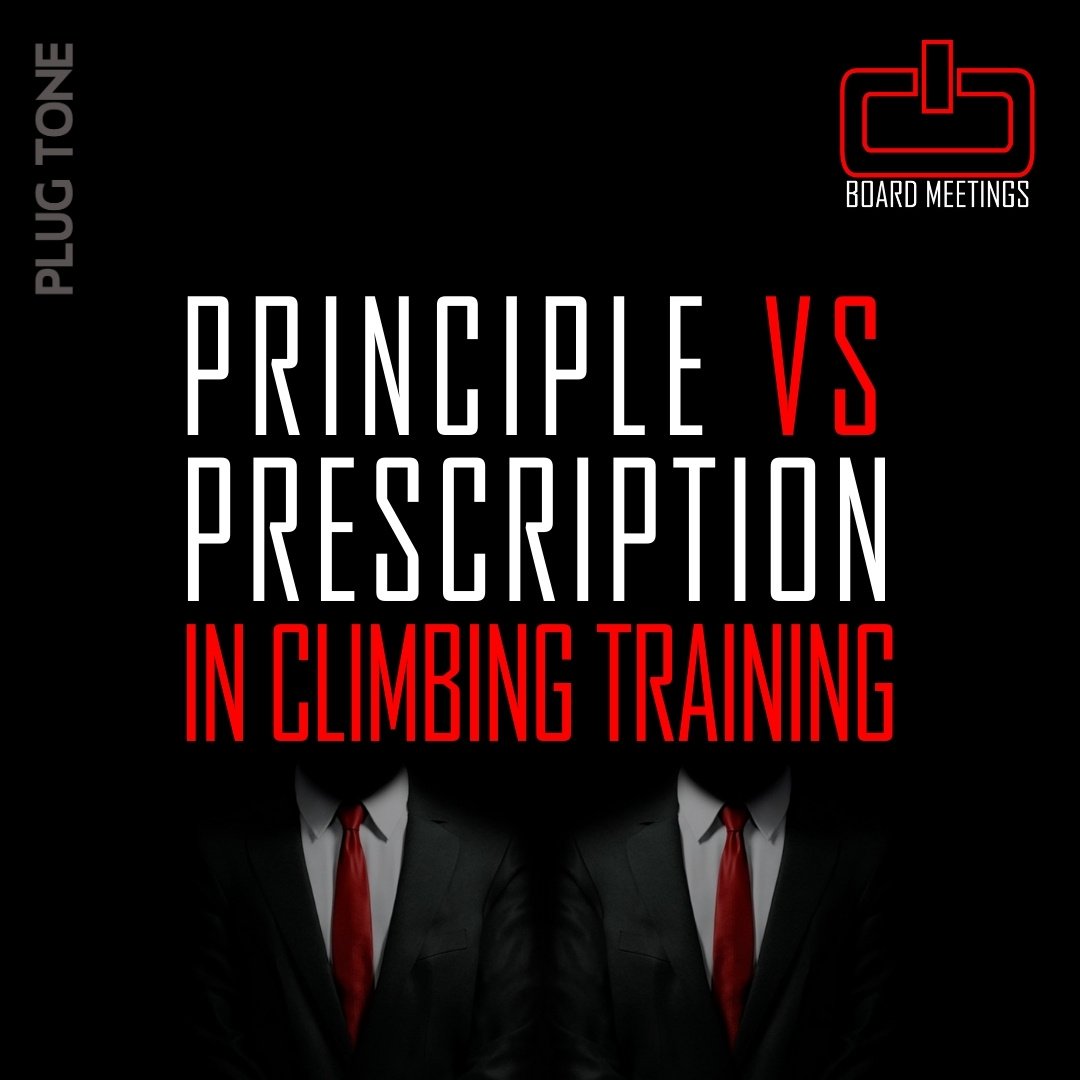



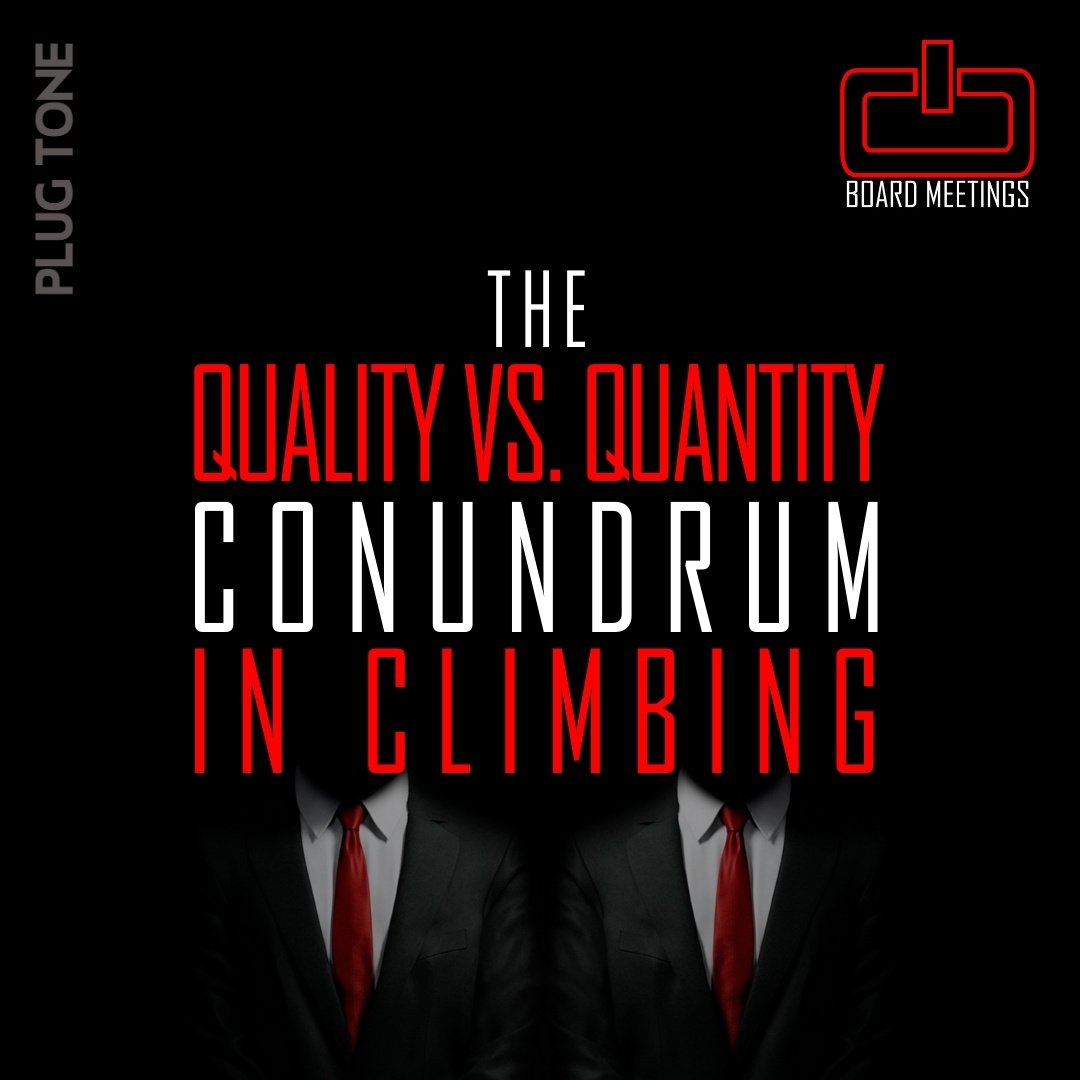

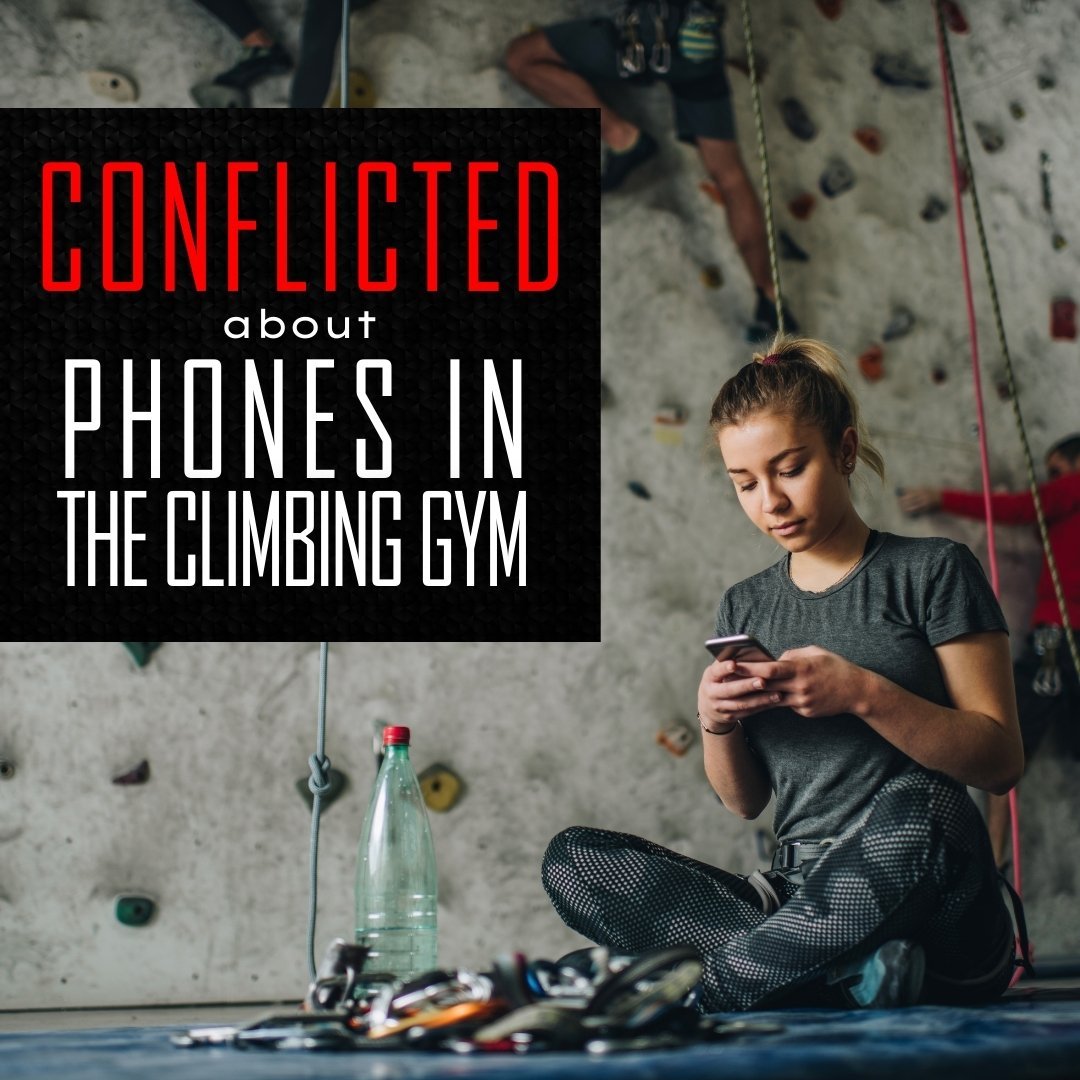
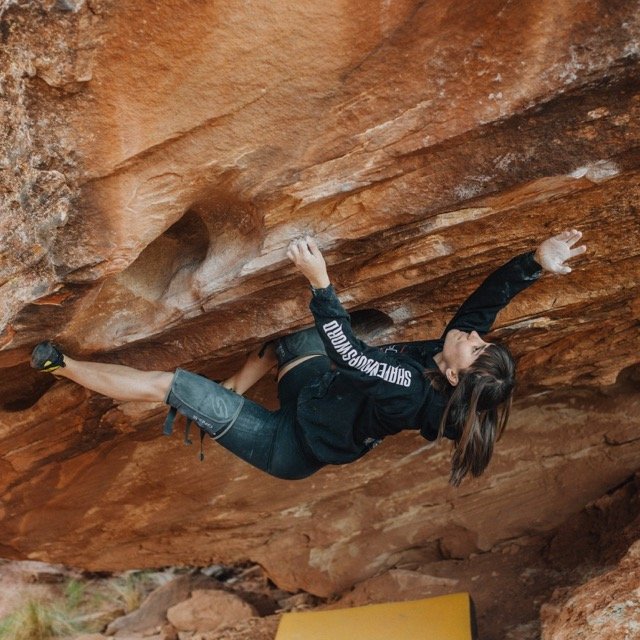

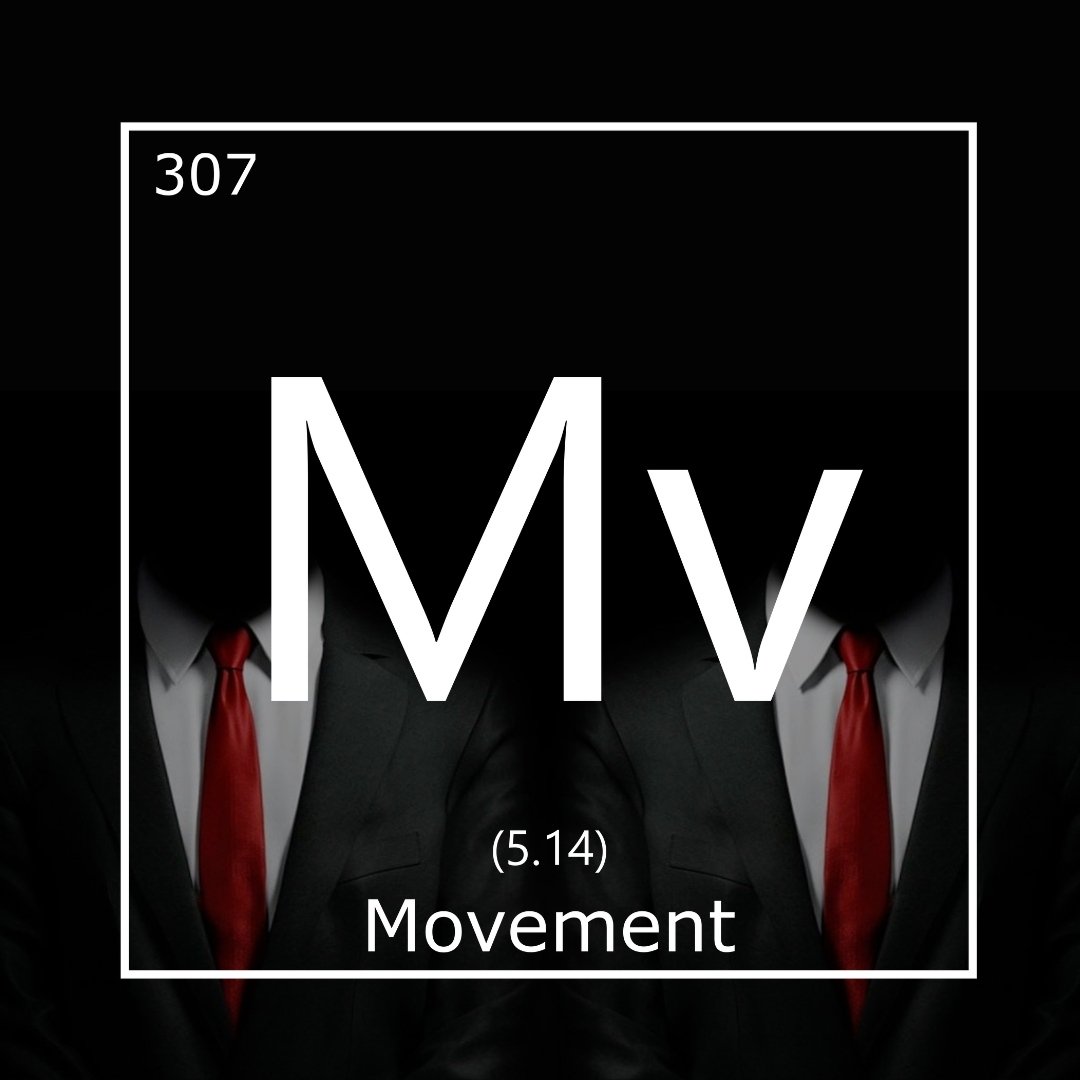
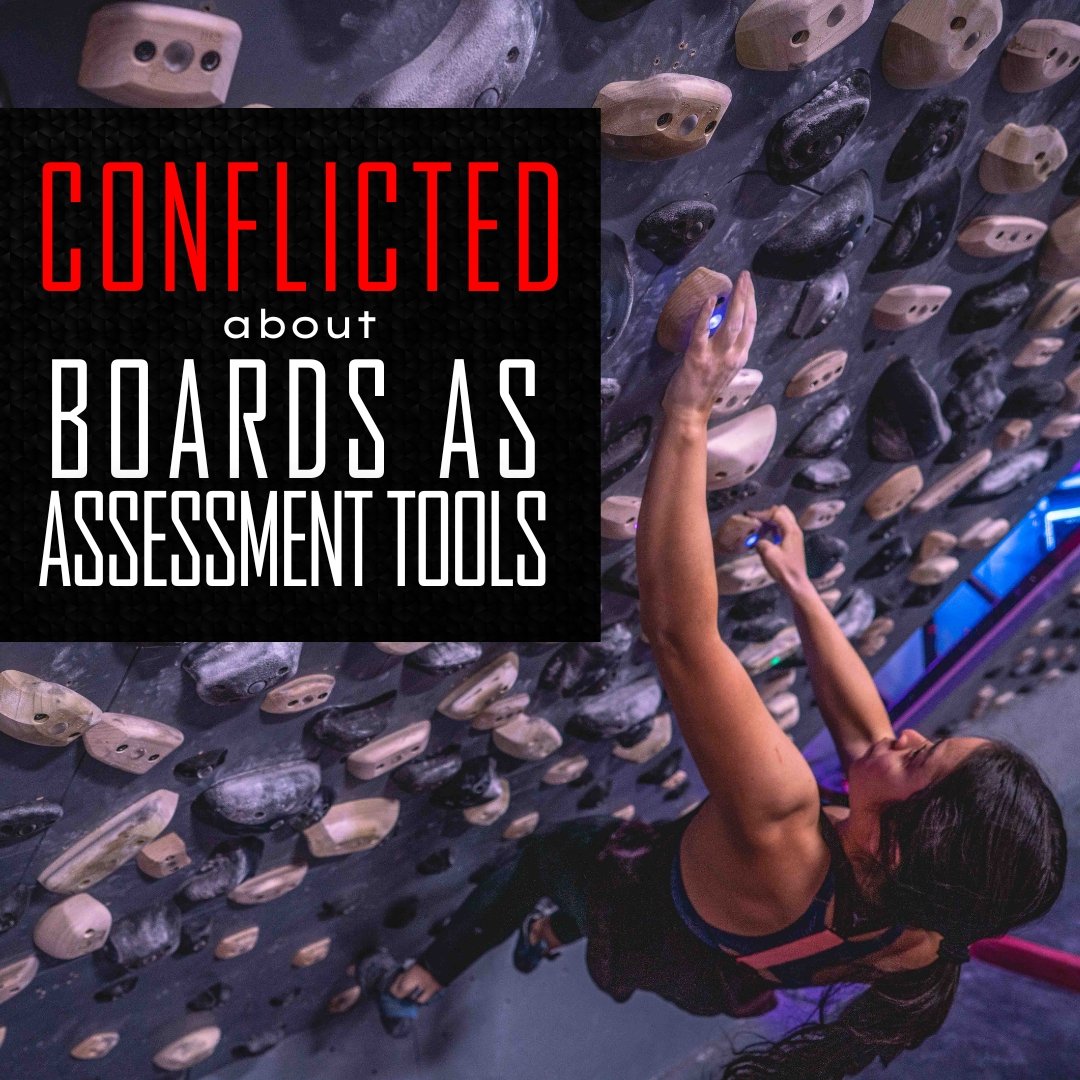
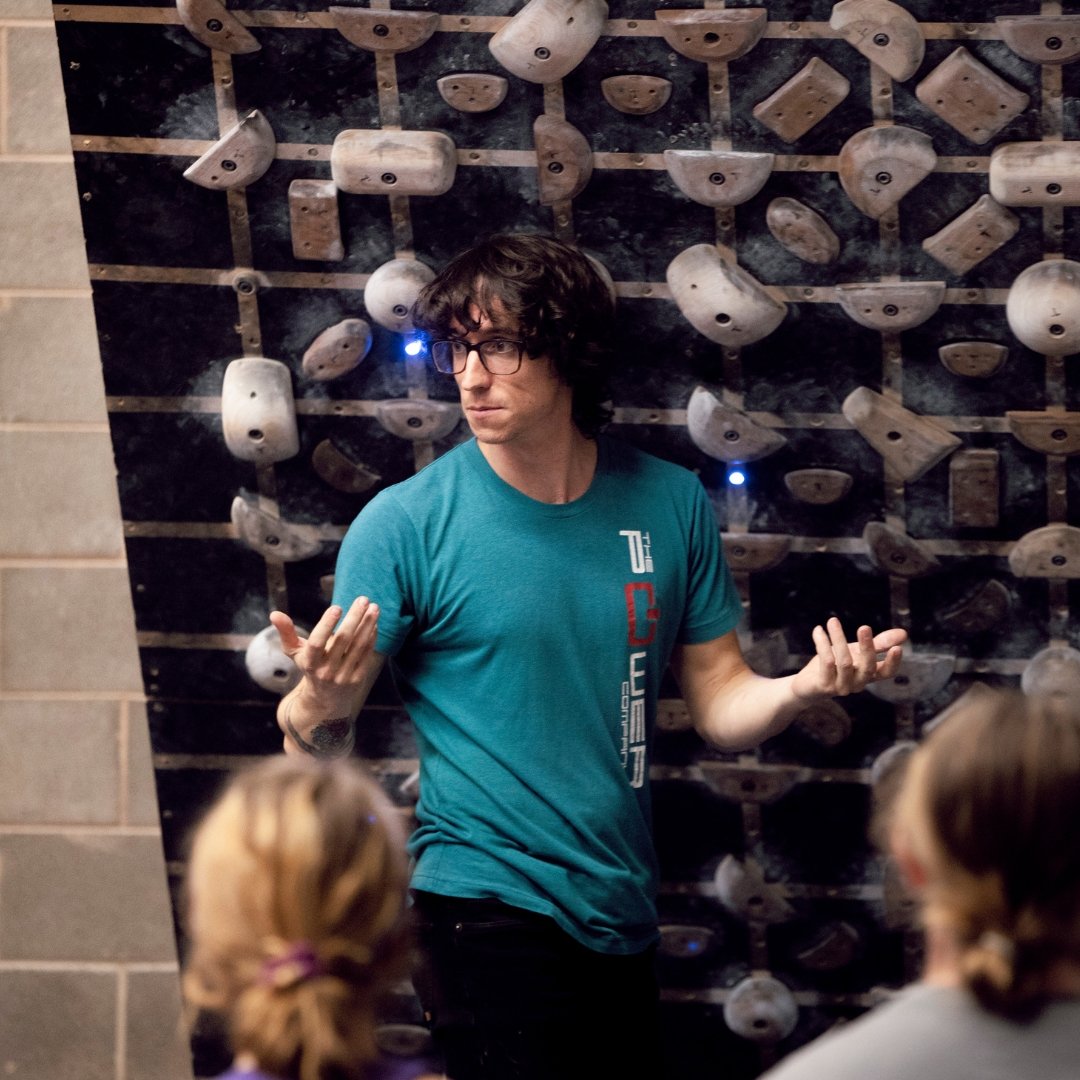
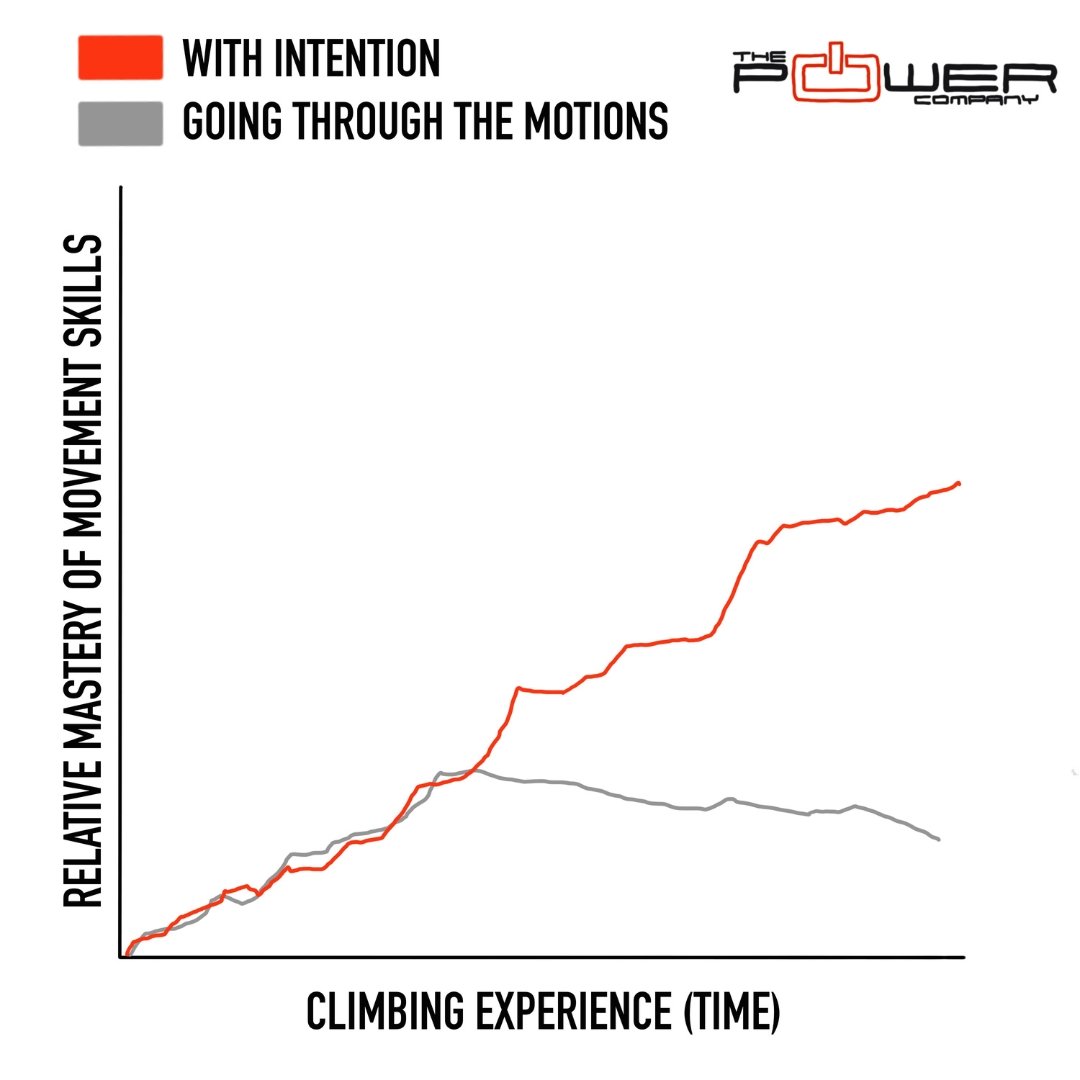




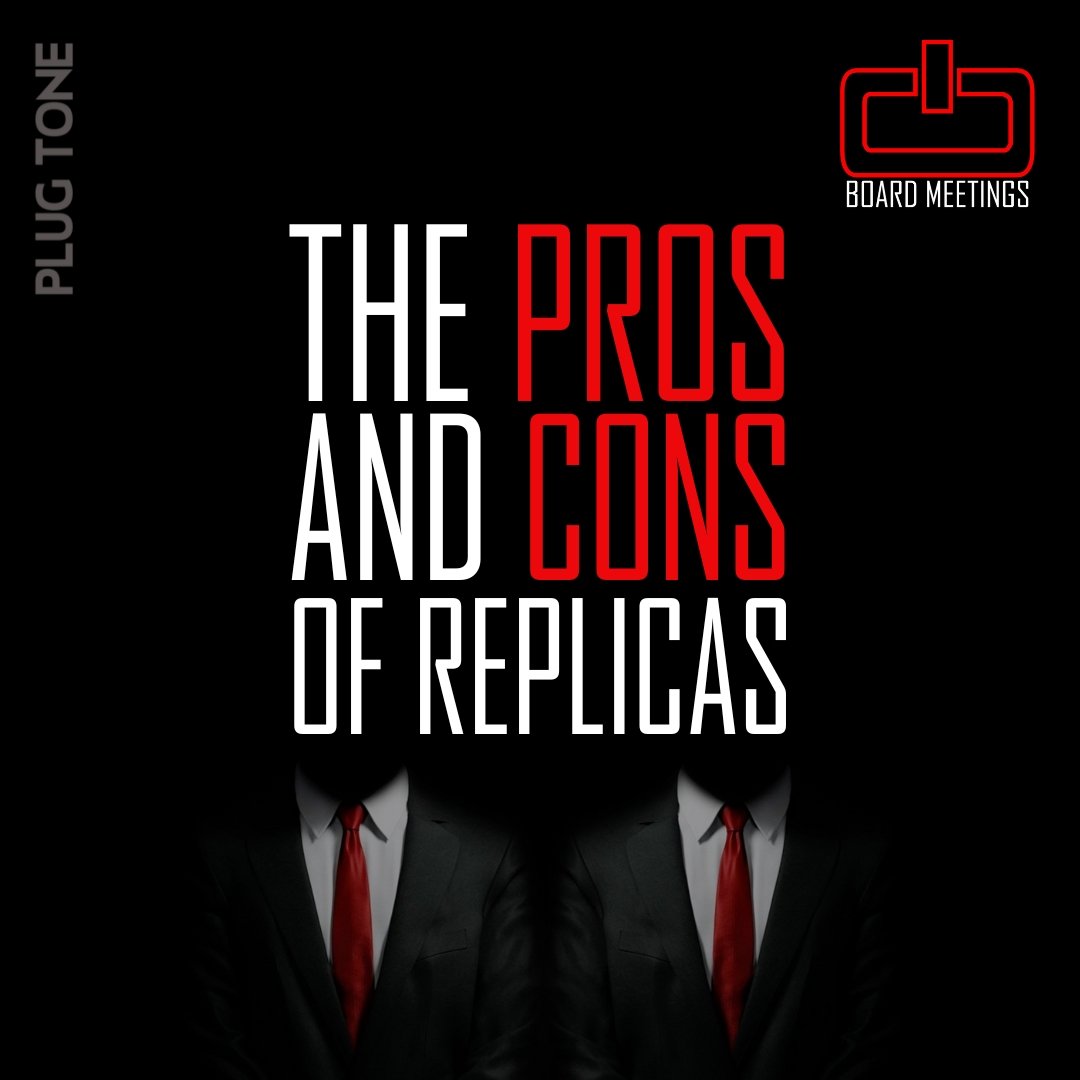


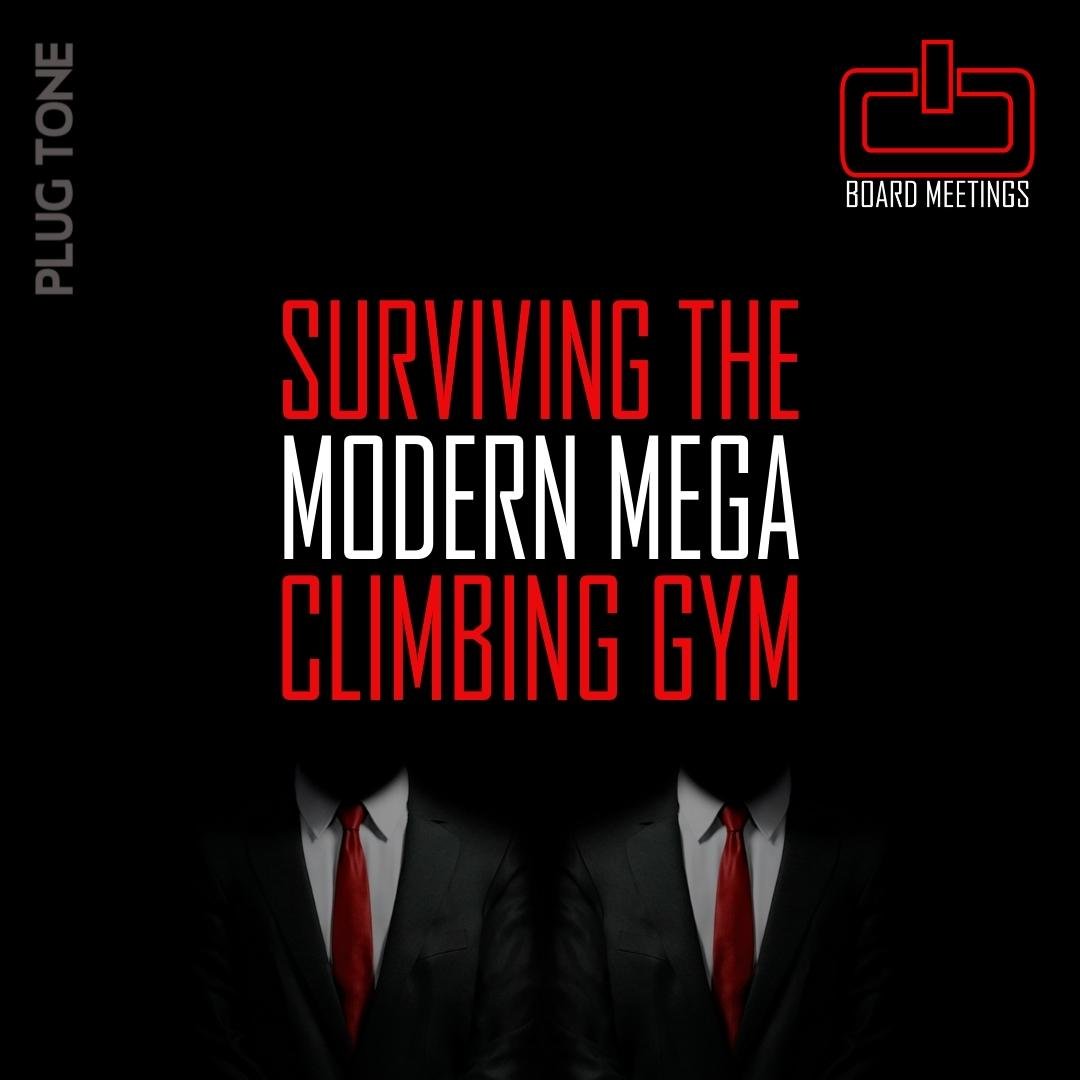


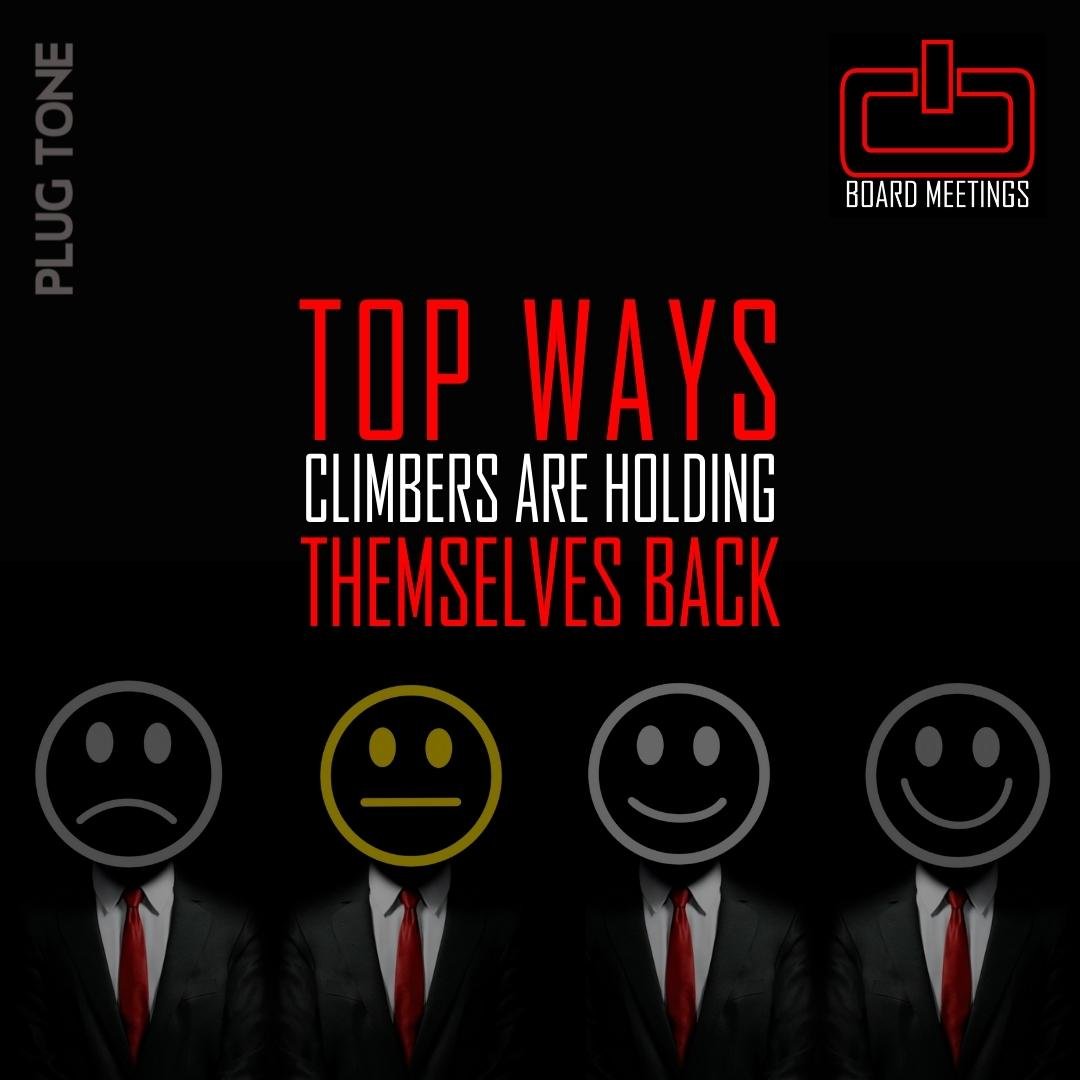






We are rarely in a position to take advantage of what we're physically capable of if we can’t shift our mindsets.